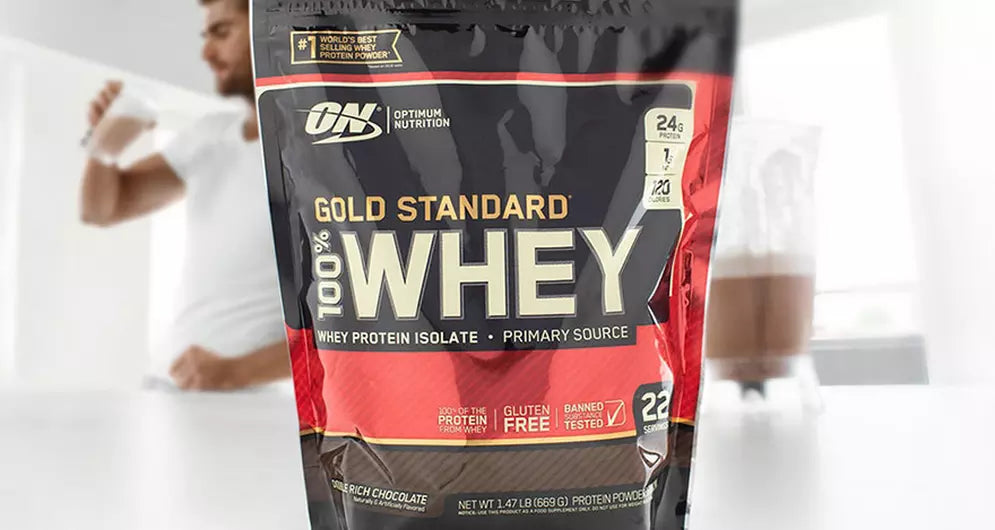What Is Whey?
Milk contains two proteins, whey and casein. In terms of macronutrients, whole milk is comprised of 88% water, 5% carbohydrates, 4% fat and 3% protein. Most of the whey protein powder on the market is a byproduct derived from cheese making. When a coagulant (usually renin) is added to milk, the curds (casein) and whey separate. For example, imagine a container of yogurt. When you first open the package, there may be a thin layer of liquid on the top. This liquid contains whey that has separated from the rest of the milk proteins. The creamy part of the yogurt contains primarily casein protein.
Whey is a fast-digesting, complete protein that naturally contains all of the essential amino acids (EAAs) that your body cannot make on its own and have been shown to support muscle recovery. When taken over time, in combination with regular resistance exercise, whey can help support muscle building. The EAAs in whey also include the branched chain amino acids (BCAAs): leucine, isoleucine and valine.
Using different processing techniques, whey can be made into these common forms as a powder:
| Form | Description |
| Whey protein concentrate (WPC) |
|
| Whey protein isolate (WPI) |
|
| Hydrolyzed whey protein |
|
History of Whey
You can trace the use of whey all the way back to ancient times, as Hippocrates was reported to have consumed whey. Drinking whey was also a popular practice at European spas during the 1800s. During the 1960s, the popularity of whey began to grow amongst bodybuilders. Driven by athlete demand and modern dairy processing technologies, whey went from mostly unwanted waste product to sports nutrition gold.
Which Whey is Right for You?
Supplement companies offer many options of whey protein and selecting the supplement that best suits your goals can sometimes be confusing. Whey protein concentrate (WPC) is a very common type of whey on the market. It is a great option for most consumers who do not mind that it contains slightly more calories, carbohydrates and fat per serving (compared to other whey protein types). If you are looking for a whey protein supplement with less fat, cholesterol and carbohydrates (compared to whey protein concentrate), whey protein isolate (WPI) is a good option to try. Finally, the protein in hydrolyzed whey protein is whey protein isolate or concentrate that has been broken down into smaller pieces, allowing the proteins and amino acids to be absorbed quickly.
Some supplements offer a combination of these types of whey protein, balancing both flavor, macronutrients and benefits. If you are curious about the type of whey protein in your supplement, look at the Nutrition or Supplement Facts Label for details to aid in selecting the whey protein that is best suited for your individual goals. Regardless of your goals, whey protein supplements can be used to help meet your protein needs.





